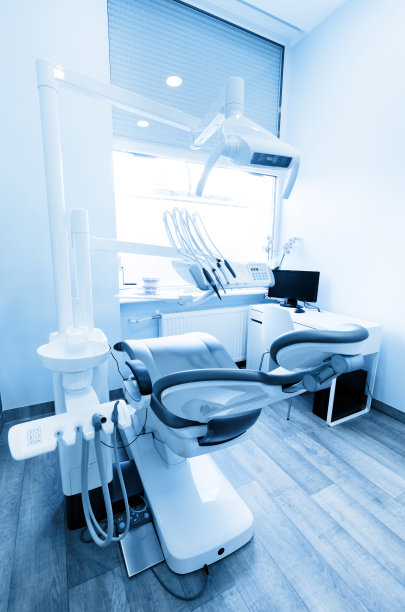The Essential Guide to Extracting a Tooth Safely and Effectively at Home or in the Dentists Office
Summary: Extracting a tooth can be a daunting task, whether at home or in a dentists office. This essential guide provides a comprehensive overview of how to navigate this procedure safely and effectively. It covers the reasons for tooth extraction, preparation steps one must take, the extraction process itself, and post-extraction care. By following the guidelines outlined here, individuals can gain a better understanding of the overall process, ensuring optimal results and minimizing discomfort. Safety is emphasized throughout, and the importance of professional consultation is highlighted, making this guide invaluable for anyone facing the possibility of tooth extraction.
1. Reasons for Tooth Extraction Explained

Tooth extraction may be necessary for several reasons, each of which plays a crucial role in maintaining oral health. Common reasons include severe tooth decay, gum disease, or a tooth causing overcrowding in the mouth. In the case of decay, if a tooth is beyond repair, extraction may be the best option to prevent further complications.
Another common reason for extraction is periodontal (gum) disease. When the supporting structures around the teeth become compromised, it can lead to loose teeth that may need to be removed. Finally, wisdom teeth often require extraction due to lack of space in the mouth, which can result in pain and infection.
Understanding the reasons for extraction is vital for individuals considering this procedure. Recognizing the symptoms associated with these conditions allows individuals to make informed decisions about their dental health and seek timely professional advice.
2. Preparation for Tooth Extraction
Before undergoing a tooth extraction, preparation is key to ensure a smooth process. First, individuals should schedule a consultation with their dentist, who will assess the specific tooth in question and any underlying conditions. This initial examination often includes X-rays to evaluate the tooths root structure and its relationship to surrounding tissues.
Other preparations involve discussing medical history with the dentist, particularly any medications being taken. Certain medications, like blood thinners, can complicate the extraction procedure. It is also essential to discuss anesthesia options, since understanding the pain management strategies available can alleviate anxiety.
Lastly, individuals should arrange for someone to accompany them post-extraction. Depending on the procedure and anesthesia used, one may feel groggy and unsteady afterward, making transportation home a crucial part of the preparation process.
3. The Tooth Extraction Process Step-by-Step
The tooth extraction procedure varies depending on the complexity of the case. For simple extractions, where the tooth is fully visible above the gum line, the dentist will administer local anesthesia to numb the area. Once numb, the dentist loosens the tooth using specialized instruments and carefully removes it from its socket.
In contrast, surgical extractions are often more complex, as they involve teeth that are partially erupted or impacted. In this scenario, the dentist may need to incise the gum tissue and possibly remove bone surrounding the tooth to facilitate its removal. Again, anesthesia is administered, ensuring the patients comfort throughout the procedure.
Regardless of the complexity, dental professionals prioritize the safety and comfort of the patient. Monitoring vital signs and providing pain relief are key components of the extraction process, helping to ensure it is conducted effectively and with minimal discomfort.
4. Post-Extraction Care for Optimal Recovery
After a tooth extraction, proper care is essential for reducing discomfort and promoting healing. Individuals are typically advised to bite down on gauze for about 30 minutes to manage bleeding. Resting for the first 24 hours is also recommended to aid the bodys natural healing processes, minimizing any inflammation.
Pain relief can often be managed with over-the-counter medications, though it is important to follow the dentist’s specific recommendations. Cold compresses applied to the outside of the mouth can help reduce swelling and provide additional relief.
In addition to these immediate care strategies, maintaining proper oral hygiene is crucial during the recovery period. Gentle rinsing with warm salt water can aid in cleaning the extraction site without damaging the healing tissues. Following these steps will help ensure a smoother recovery and better long-term results.
Summary:
This guide underscores the importance of understanding each aspect of tooth extraction, from identifying the reasons necessitating the procedure to the preparation, execution, and post-care involved. By being informed and properly prepared, individuals can approach tooth extraction with confidence.
For anyone facing a tooth extraction, consulting a dental professional is critical; they can provide personalized advice tailored to specific situations. This article is compiled by Vickong Dental and the content is for reference only.



